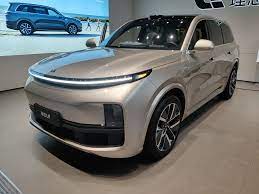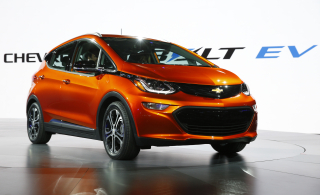
First. The most successful luxury brand in China is a hybrid. Li Auto has surged past rivals Nio and Xpeng by using a gas engine to extend range. Its latest SUVs go far enough on a charge, a few hundred miles, to do daily chores, recharging overnight. There’s a gas engine powering the battery and electric drivetrain, however, that can deliver a range of 800 miles. The Plug-in Hybrid (PHEV) approach answers the objections of families who want an electric, but also want range and all the size, bells, and whistles they’re used to.
Second. The most successful Chinese EV company serves the mid-market. That would be BYD, whose electrics sell in the range of $25,000 each. They may outproduce Tesla this year.

The irony is that this justifies the strategy of Japan’s Toyota, which has been making hybrids for a quarter century but is now preparing for a move into electrics, using solid state batteries. Toyota stock has been down because they were said to be moving too slowly, but it seems they might be going at just the right, safe speed. Lithium ion lacks the energy density to build a no-compromise electric at a decent price. Solid state batteries, which charge faster and can store more energy, may deliver all that a few years from now. Toyota will be ready for the transition.










